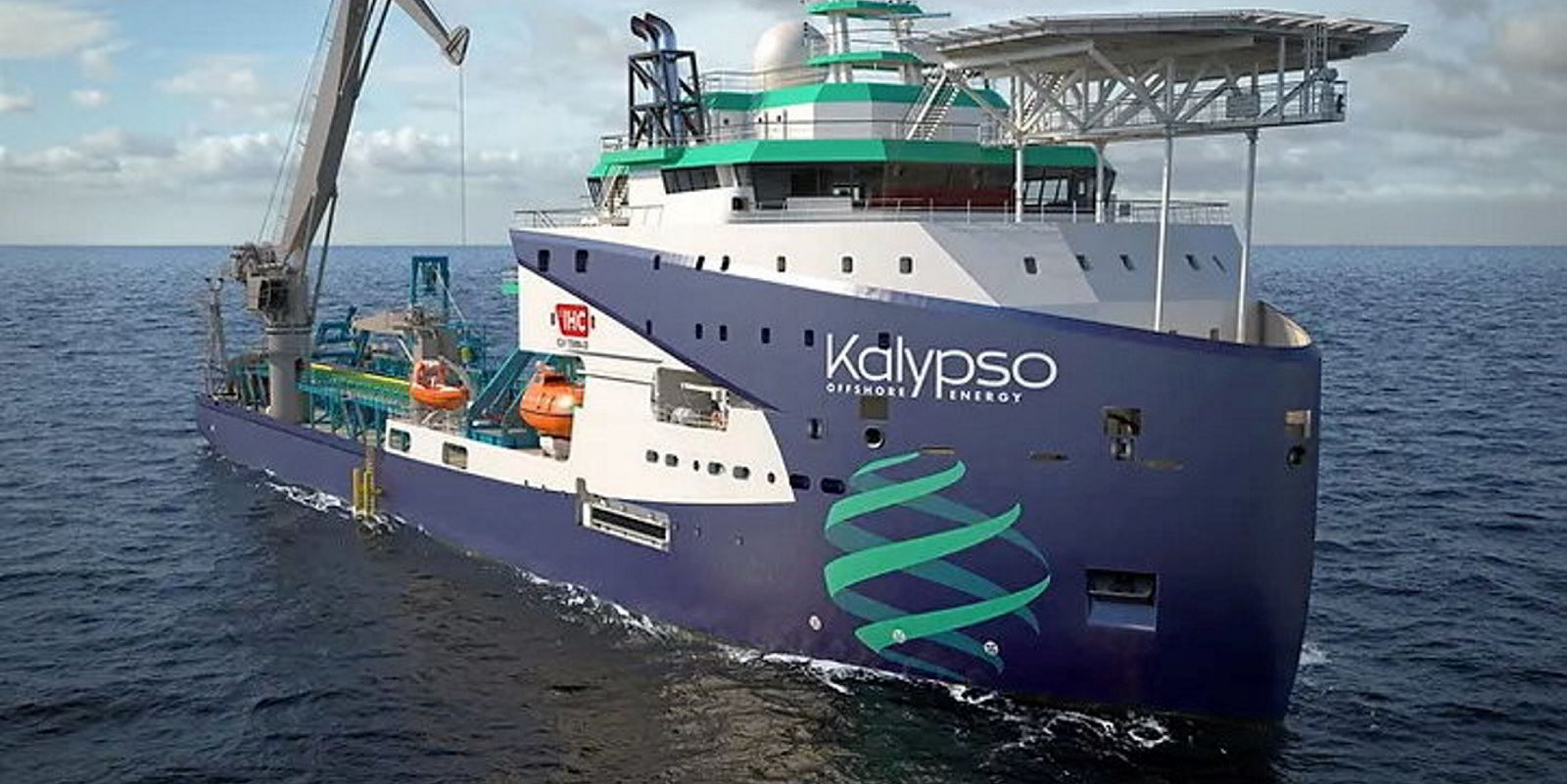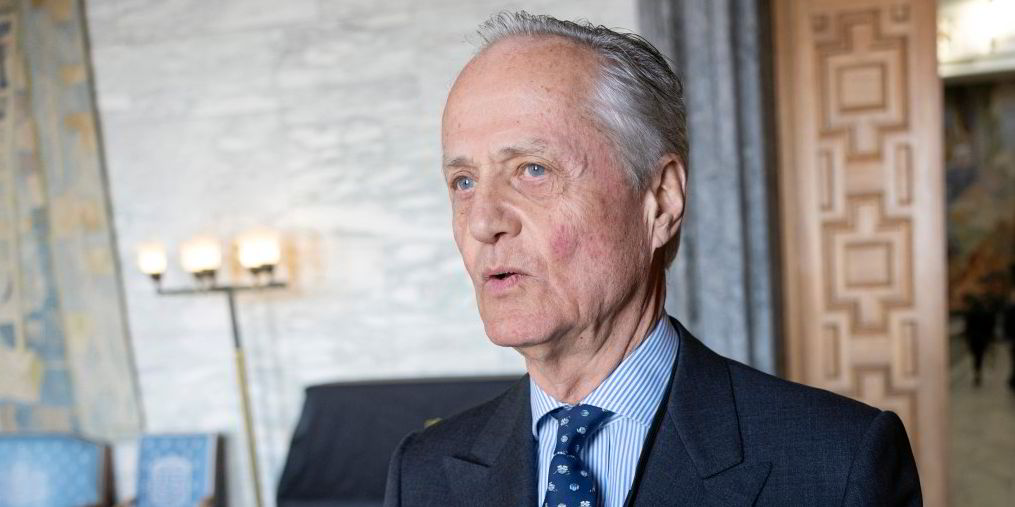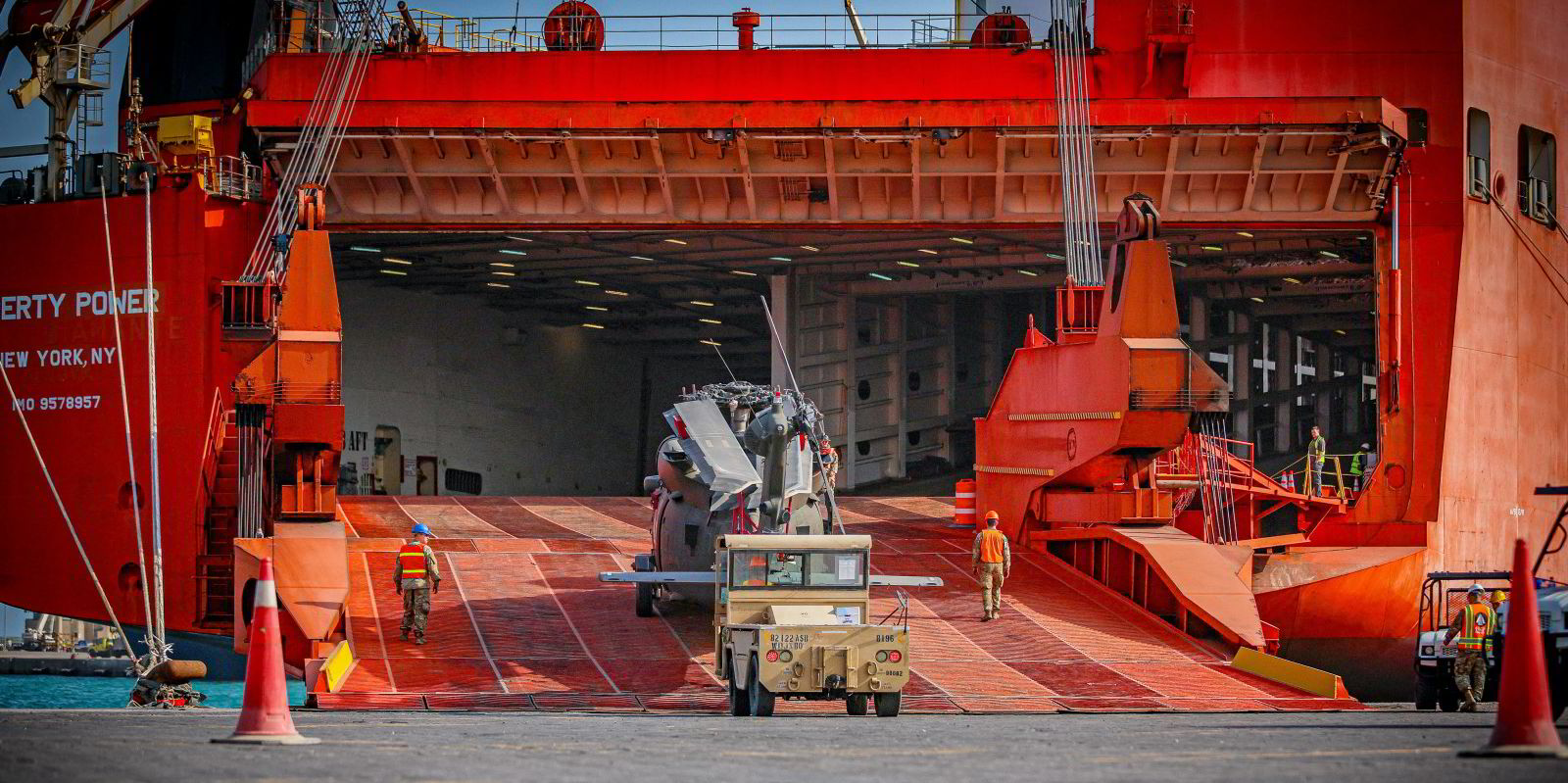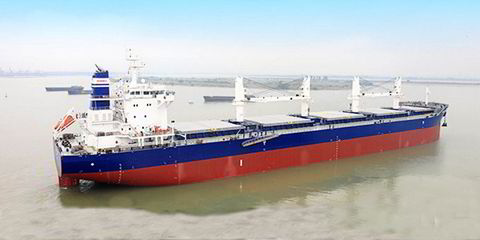US start-up Kalypso Offshore Energy has lined up an order for what it says is the first cable-layer for the Jones Act offshore wind sector.
The New York company, which describes itself as an “emerging contractor” in the industry, said it has signed a letter of intent with Dutch shipbuilder Royal IHC.
The collaboration on the 5,000-gt “state-of-the-art” cable laying vessel (CLV) marks a significant advancement in the US wind supply chain by filling a key gap in the nation’s vessel capabilities, Kalypso said.
It added that the shipbuilder has “extensive engineering prowess” and will “domestically produce” the ship.
There was no mention of a partner yard in the US, nor any indication of a price.
Kalypso and Royal IHC will now work closely on finalising the contract, engineering and construction details.
The US outfit said it brings an extensive record of successful project completion in subsea cable installation to the American market.
The CLV design meets Jones Act compliance standards, ensuring adherence to US legislation for domestic maritime trade, the company added.
The vessel will handle services including installation, repair and maintenance capabilities.
Elsewhere on its website, the company says the vessel is due in 2028.
No details of Kalypso’s backers are given.
Boosting offshore energy prospects
Managing director Colin Smith said: “Kalypso is thrilled to partner with Royal IHC to design and deliver America’s first CLV built on US soil dedicated to offshore wind.
“Kalypso’s CLV will enhance the nation’s offshore energy prospects and foster local economic growth.”
The company has been contacted for further information.
Derk te Bokkel, chief executive of Royal IHC, said: “I take pride in leading a company capable of delivering this key contribution to the energy transition and energy security in America’s home market.”
John Begala, vice president at non-profit offshore wind lobby group Oceantic Network, said cable installation and repair are critical but often overlooked functions in the sector.
“The US must upgrade our capabilities for state and federal deployment targets to be met,” he added.






